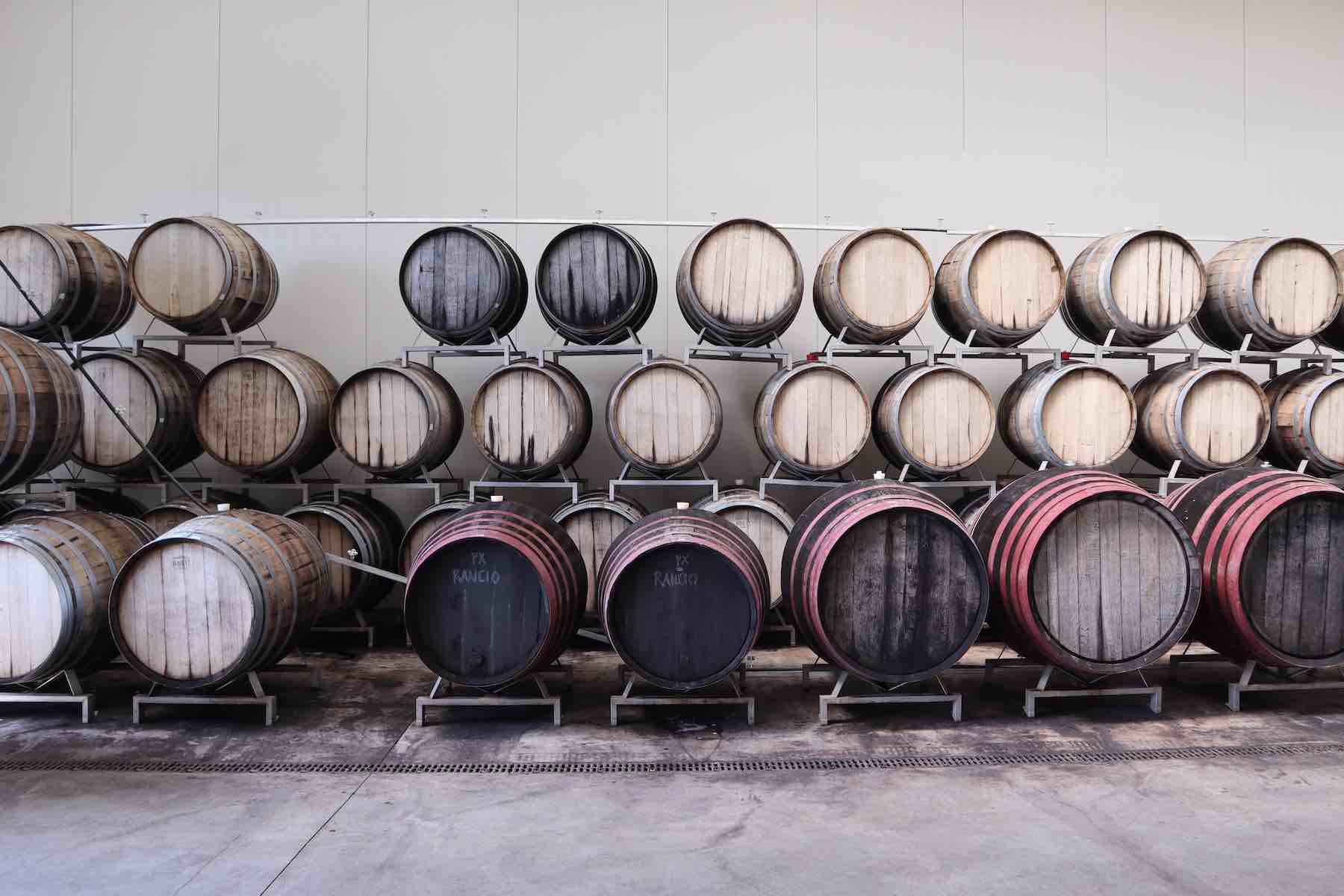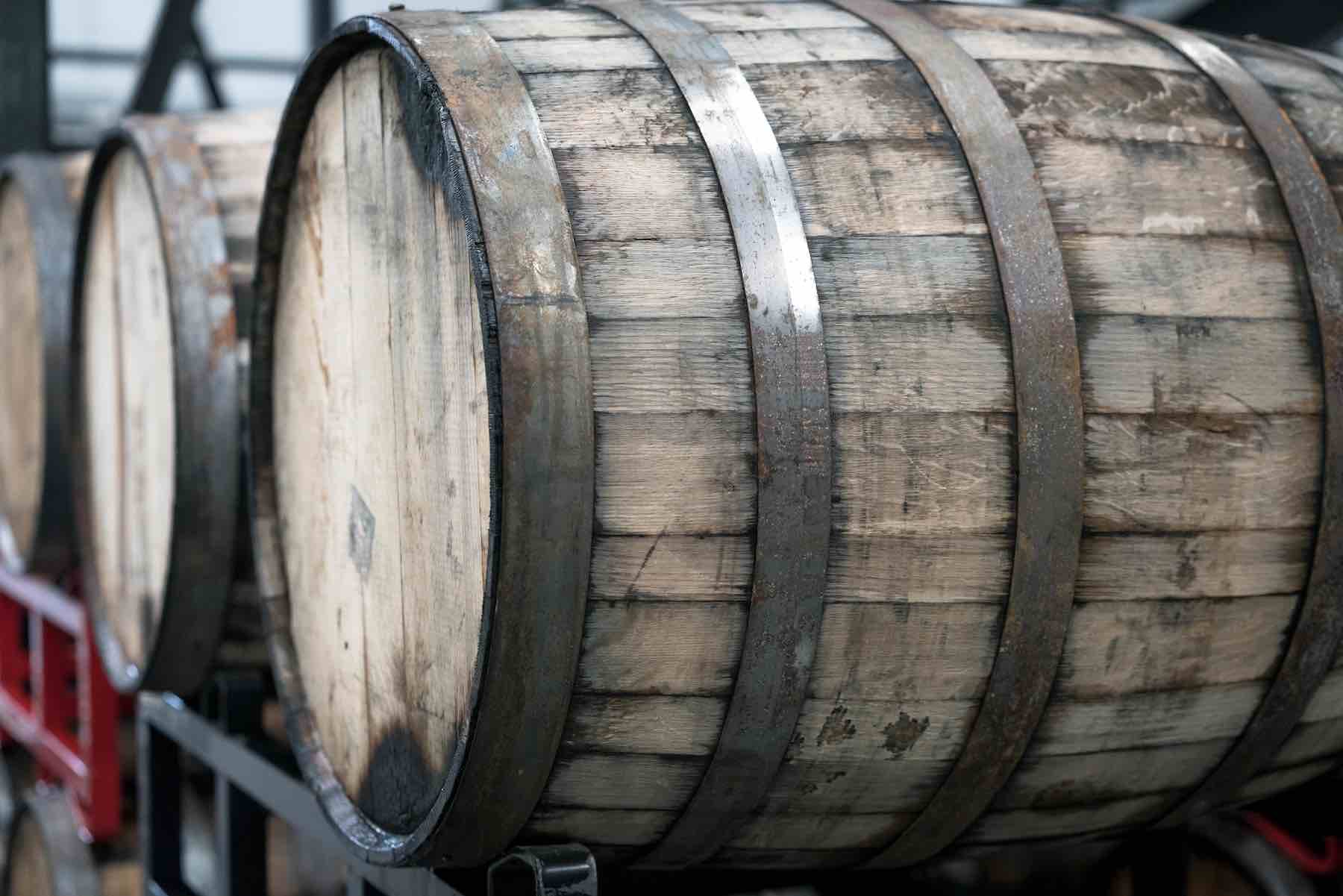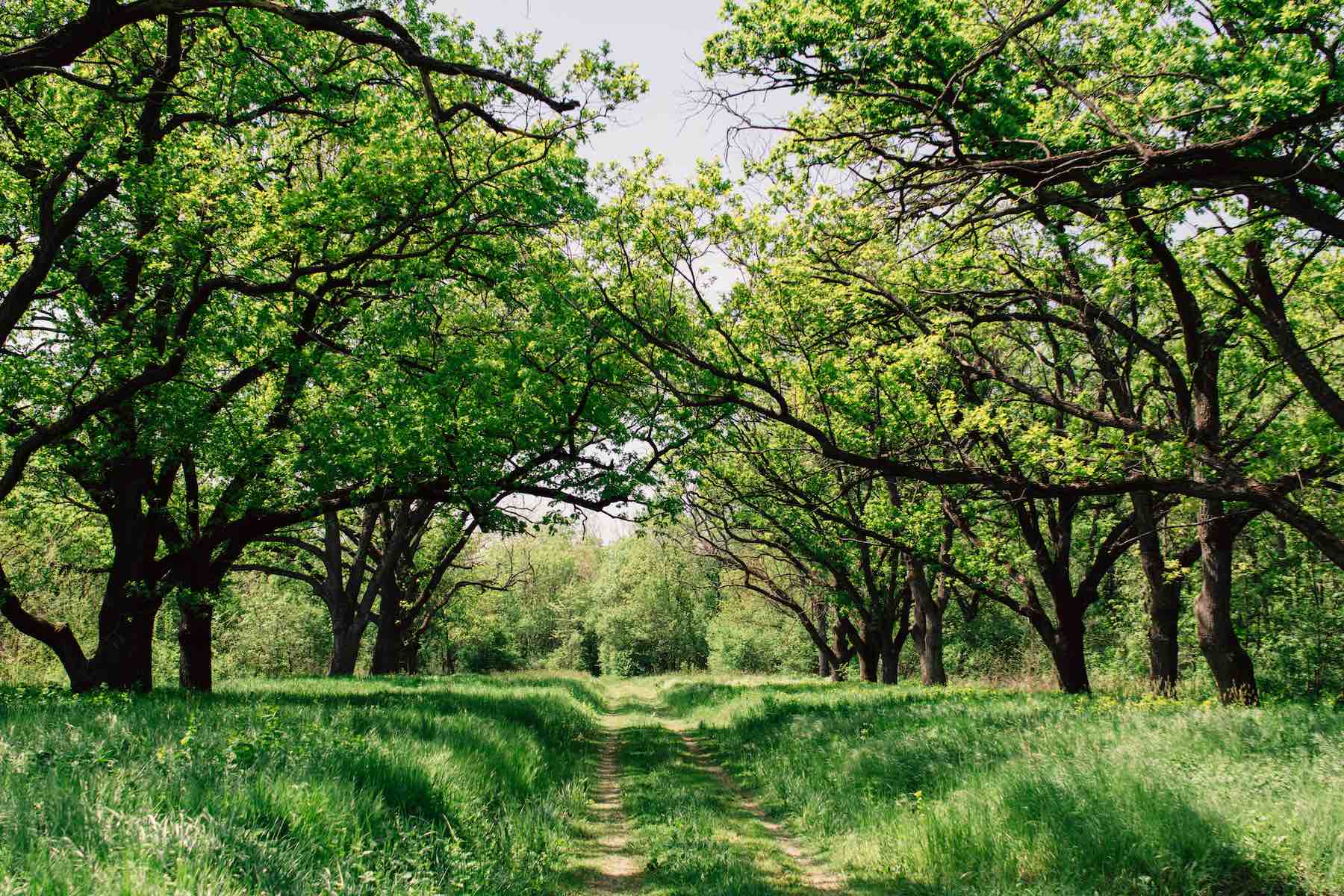
Whisky Cask Investment: three most important cask sizes
Whisky Cask Investment: three most important cask sizes
There are dozens of different types of whisky casks, all of which can make great whisky cask investments. But it's important to recognise this difference is a material point, rather than a quirk.
The size of the cask will impact the nature of the whisky cask investment. One of the reasons is obvious. A larger cask holds more whisky and is therefore likely to cost more. A more subtle implication is that smaller casks will age whisky faster. This means the flavour of the whisky will improve faster. But, it also means you're unlikely to want to hold a small cask for as long a period as a larger cask. You don't want to overage a whisky and ruin its flavour.
In this article, we're going to look at the three most important cask sizes when it comes to whisky cask investment. It's not to say other sizes aren't interesting opportunities. These are simply a good balance of size/volume, the amount of time you can hold them for, and of course availability. These are also names, or terms, that you'll often come across. So, hopefully, a bit of context will arm you with knowledge when scanning whisky cask price lists.
Barrel
A whisky barrel holds around 190 to 220 litres of whisky. That's typically 120 to 140 litres of pure alcohol. They are a classic style of whisky cask and are always in demand.
A whisky barrel is also known as an American standard barrel or a bourbon barrel. As these two alternative names may suggest, whisky barrels commonly come from America. They're used in making bourbon. But, by American regulation, the bourbon industry can only use them once. There's still plenty of flavour and potential in these casks, so they're shipped over to Scotland for use in the Scotch industry.
Hogshead
A hogshead holds around 225 to 250 litres of whisky. That's about 142 to 185 litres of pure alcohol. And it makes hogsheads approximately 20 to 25% larger than a barrel.
Hogsheads are usually made from the staves of bourbon barrels, which are broken down and then reworked into this larger size by coopers. Some hogsheads are still classified as being ex-bourbon, a nod to where those staves came from. But some hogsheads will have held another liquid, for example, sherry. In this example, the cask would therefore be known as an ex-sherry hogshead.
Butt
A butt holds around 475 to 500 litres of whisky. That's about 302 to 350 litres of pure alcohol. And it makes butts twice the size of hogsheads, or two and a half times a whisky barrel. So, of these three common sizes, butts are the largest by a big margin.
Butts are often used in the sherry industry, so you'll often see ex-sherry butts listed on cask lists. Where this is the case, both the size of the cask and the ex-sherry nature of the cask will affect how the whisky matures.
Explore whisky cask investments further
If you found this article interesting, you may enjoy reading our Whisky Cask Investment Guide. We've written this guide to explore the topic further, looking at the Scotch industry, whisky casks, and supply and demand.
And, if you'd like to know what whisky casks we have in stock, you can contact us here. One of our experts would be pleased to help you with our current cask availability.



